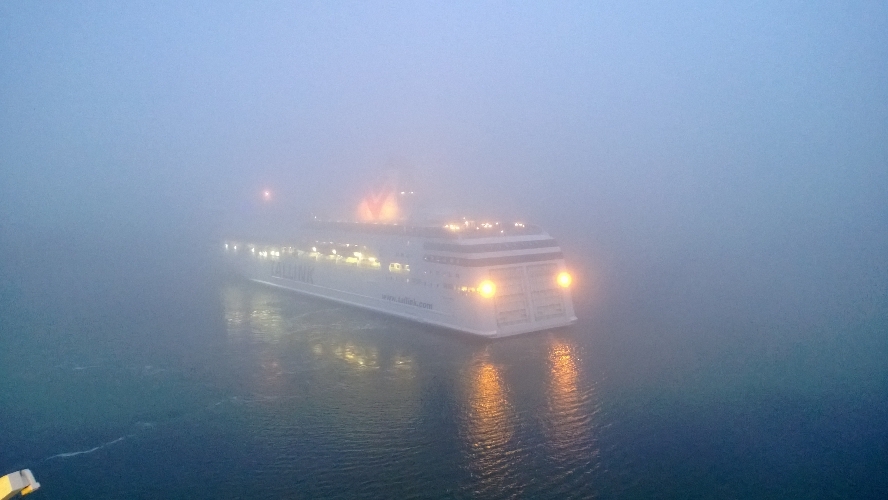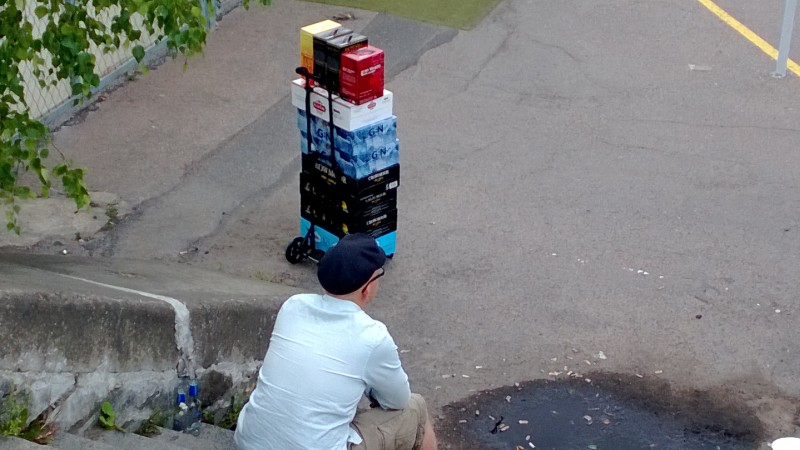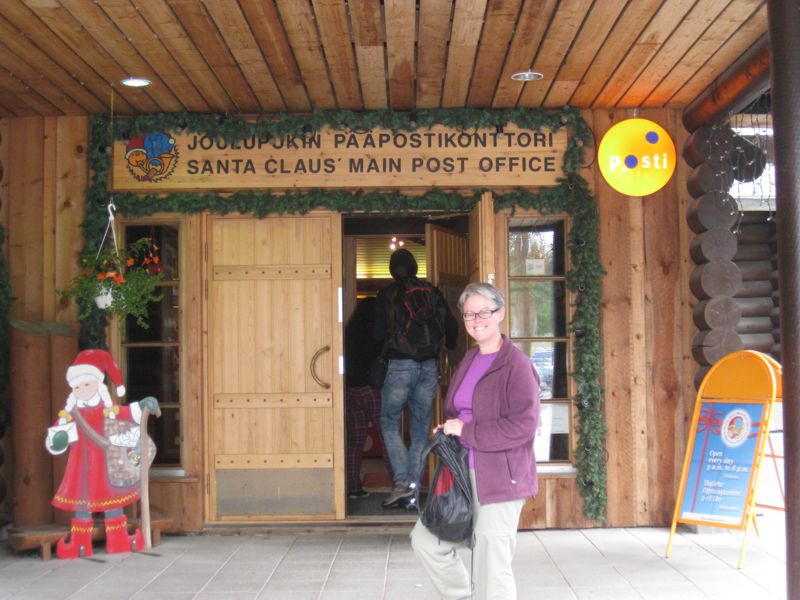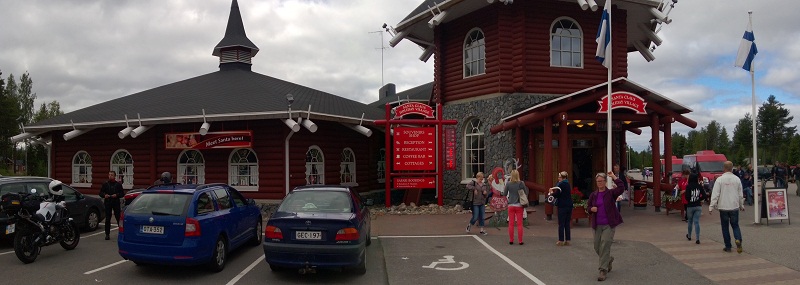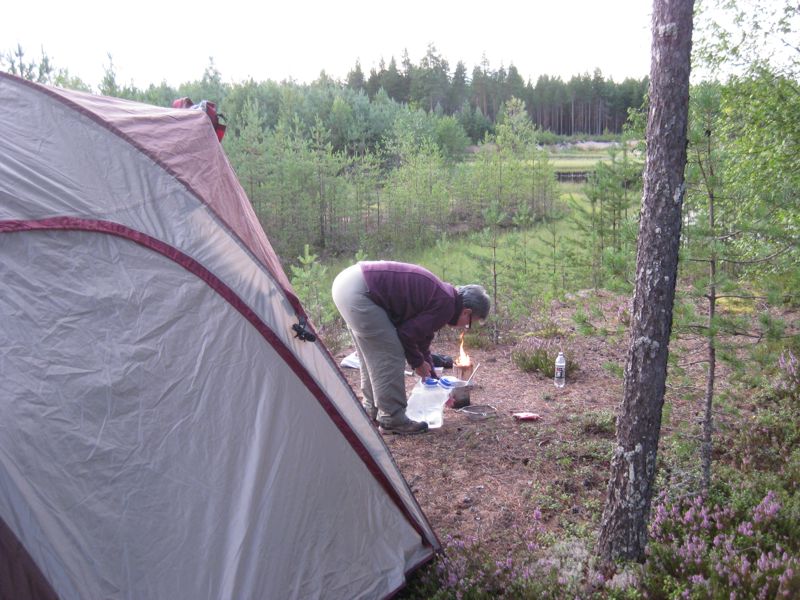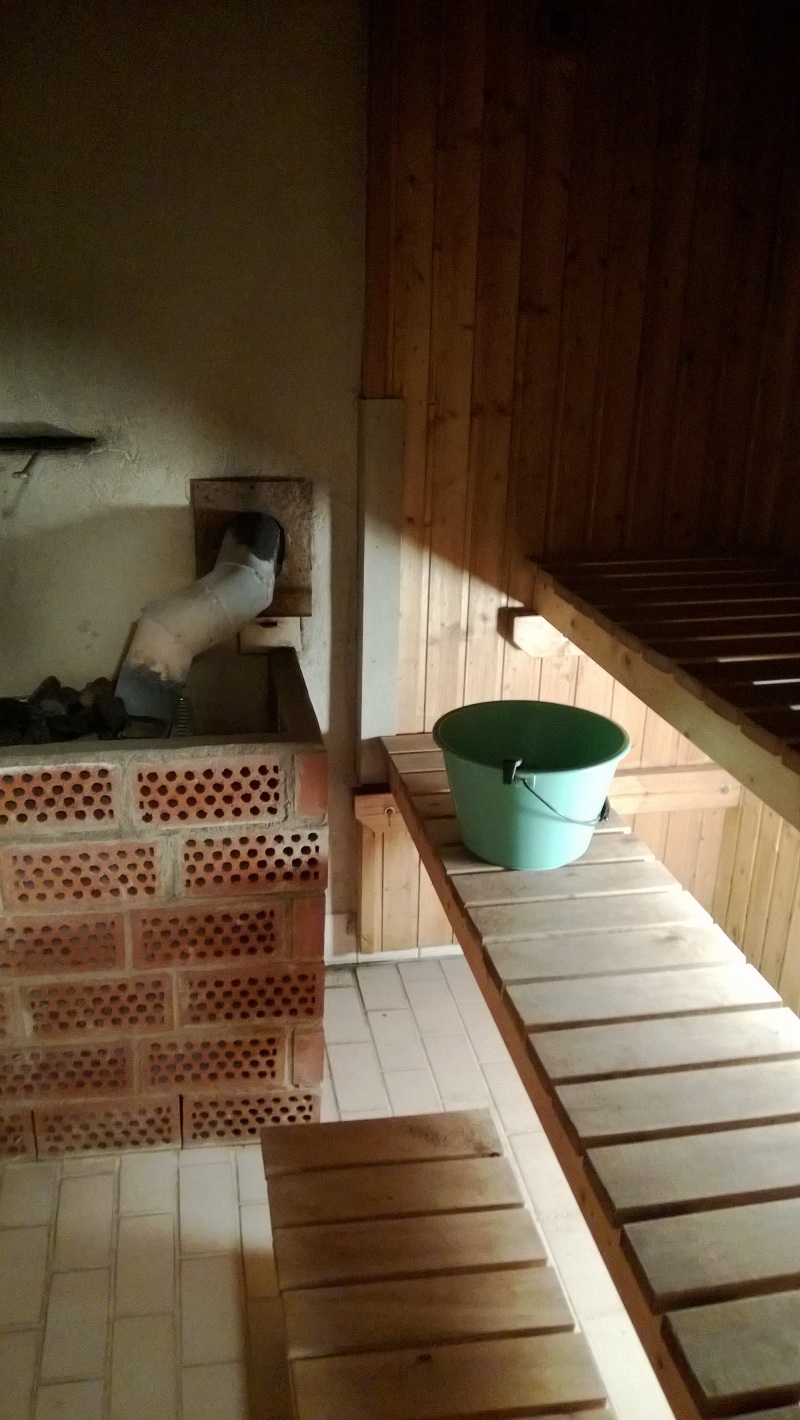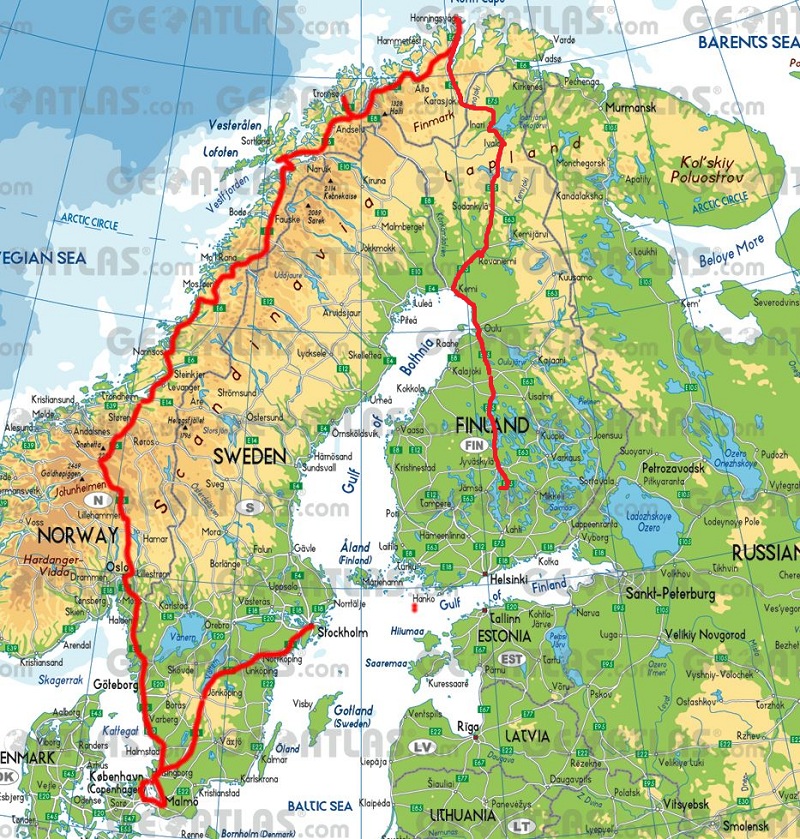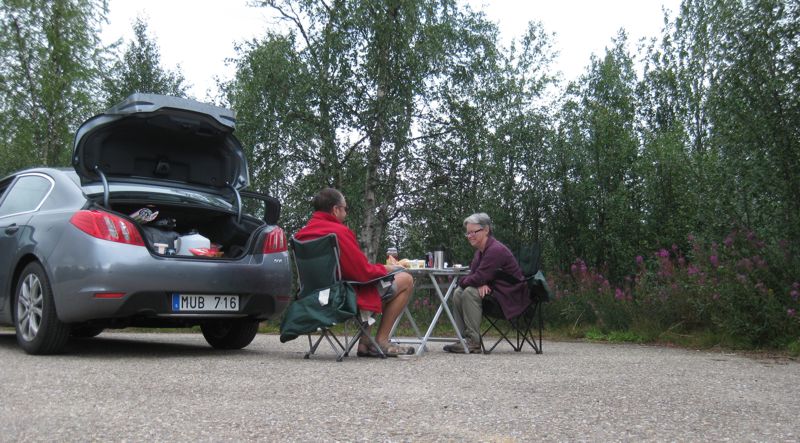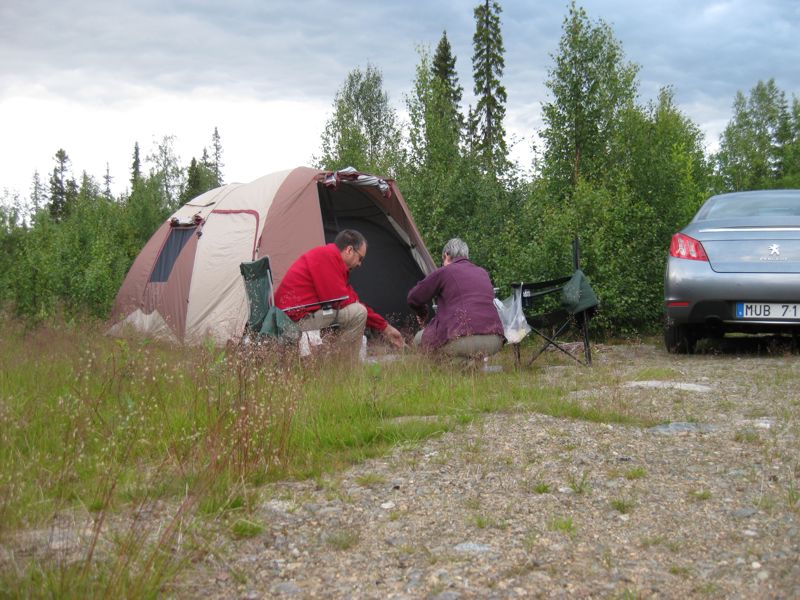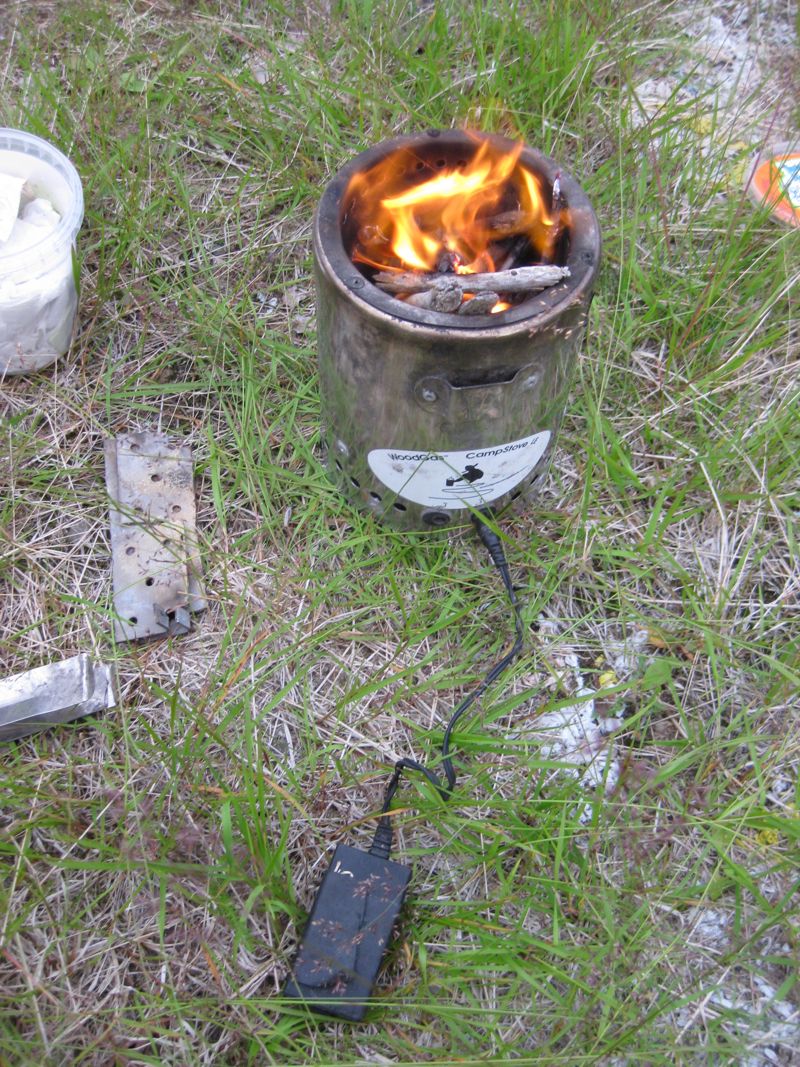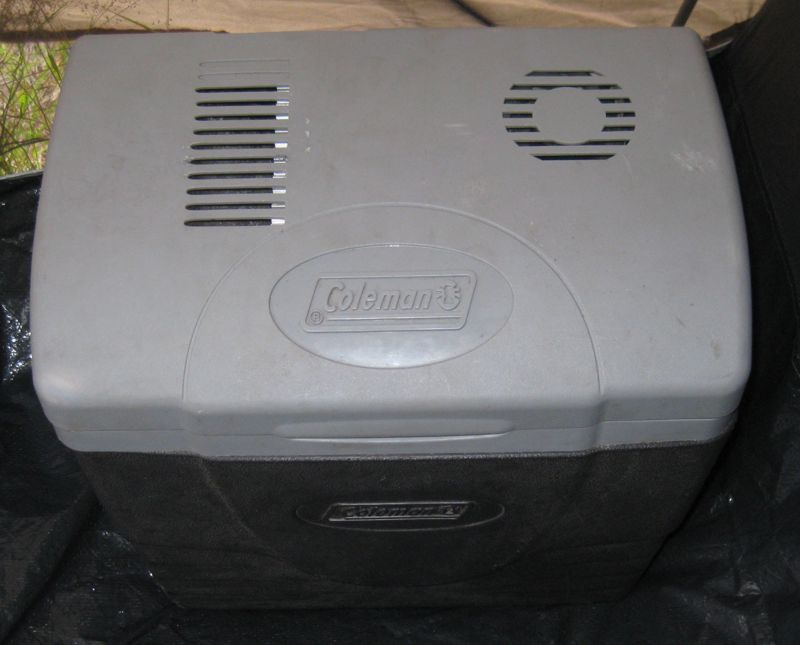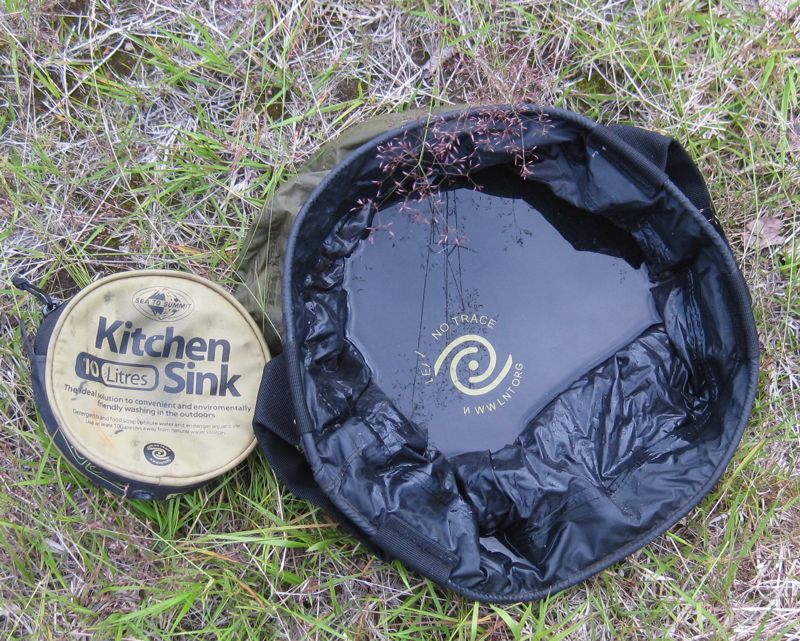Irkutsk – Vladivostok
We’re about 4 hours and 250kms north of Vladivostok, having spent the last 3 days on the train. For reasons known only to the Russian Railways ticketing system, for this part of our trip we couldn’t just buy First Class tickets, we had to buy Business Class tickets. These are really just First Class tickets that are more expensive because they apparently include ‘services’. Same carriage as last time, but with a couple of extras thrown in – glossy magazine that we can’t read as it’s in Cyrillic, little guest pack with paper slippers, toothbrush, sewing kit, shoe shiner thing …. and meals. Er, actually it’s ‘meal’, as in one meal a day, but we only realised that after the first 24 hours. Thankfully we had been a bit sceptical about the included ‘meals’ and bought food (& drinks!) before we got on the train in Irkutsk, otherwise it would have been pretty close to a 3-day fast. Which might not have been such a bad thing, but we can work on our holiday weight loss program when we get home.
To anyone who is reading these posts and thinking of travelling on the Trans-Siberian railway, don’t bother with Business Class if you have a choice (we didn’t), just get First Class tickets and bring your own food.
For a lot of this section of the Trans-Siberian railway, the track goes just north (and then east) of the border with China. We’ve probably seen China out of the train windows at times. This section of the line, east of Lake Baikal, is much busier than to the west. Lots of freight trains, a few passenger trains, and lots of railway workers. Any little boy (or girl!) who wants to be a train driver when he grows up just needs to learn to speak Russian and move here. The Russian railways must be one of the biggest employers in the country.
We’ve had several stops a day, and whenever we can, we get out of the train to walk around a bit and see if there’s anything interesting around the place. Most stops are 15 – 20 minutes, and last night we followed 2 of the catering attendants as they ran to the supermarket to stock up on supplies for the restaurant car on the train. When I looked in their trolley, it seemed to be full of cans of beer, but there might have been some food hidden somewhere. We were more restrained and bought a block of chocolate, a drink and a packet of chips.
There have been people selling food on the platform a couple of times. This morning they were selling some kind of dried fish and containers of ‘caviar’. The night before last, we followed people up a little lane past the station and found 2 ladies doing a very brisk trade selling piroshki, boiled eggs, cooked chicken pieces and other Russian comfort foods.
There has been some flooding in some areas we’ve passed through in the last day or so – some of the rivers in Eastern Siberia are huge, and when they break their banks, the floodwaters stretch out for many kms.
So … tonight we arrive in Vladivostok. By the time we get off the train, we’ll have travelled 9289kms, crossed 7 time zones and spent a total of 6 days on the train. I’ve read 6 or 7 books, Greg has taken loads of photos and videos. Every afternoon that we were on the train, we would lock the door, pull down the blinds and watch an episode of one of our latest favourite TV series – Under the Dome, The Killing and the first ep of the US version of The Bridge.

The Station clock says its 3:10am, but its bright sunshine!. All stations work on Moscow time, the local time was 10:10am


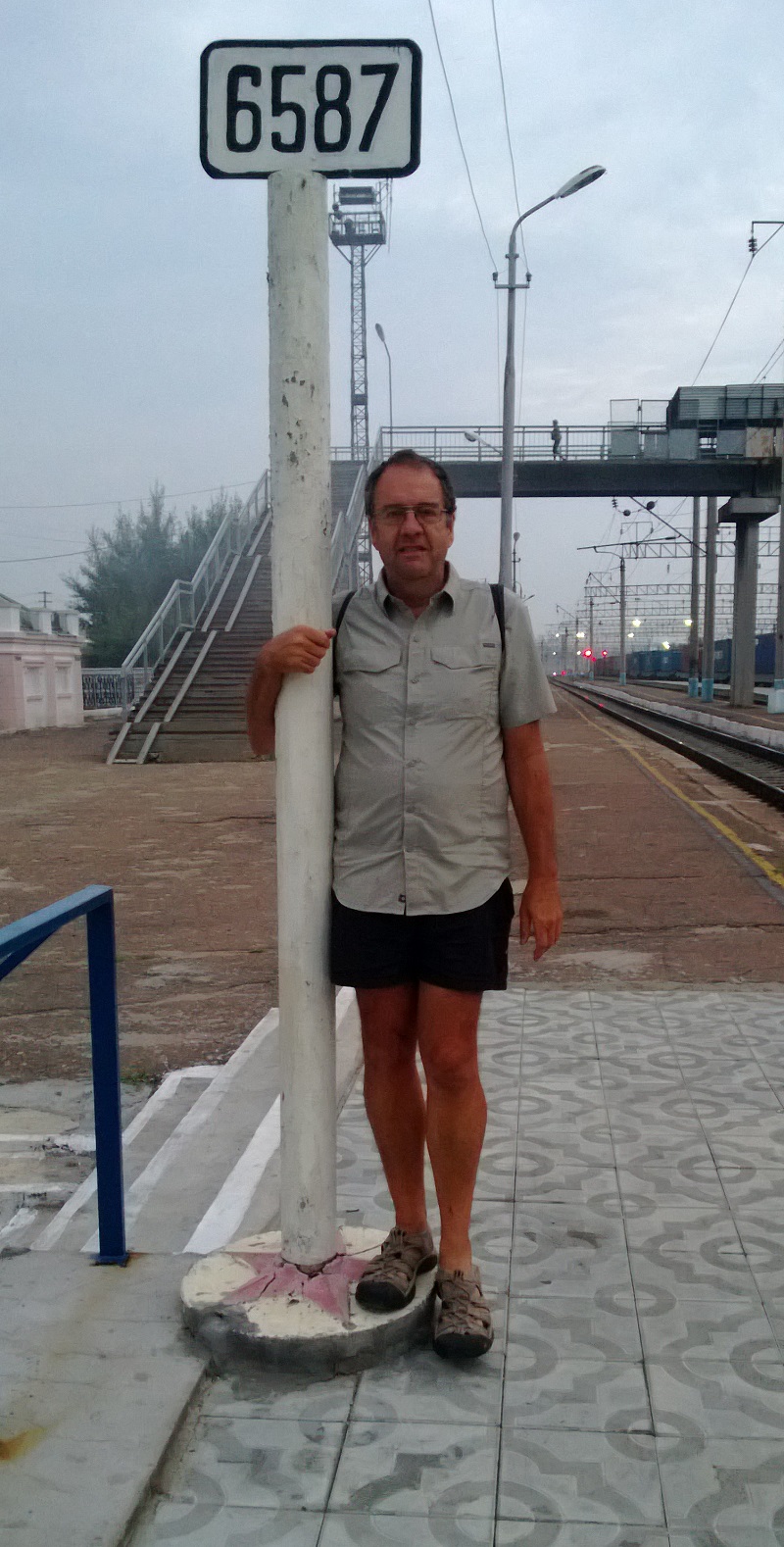

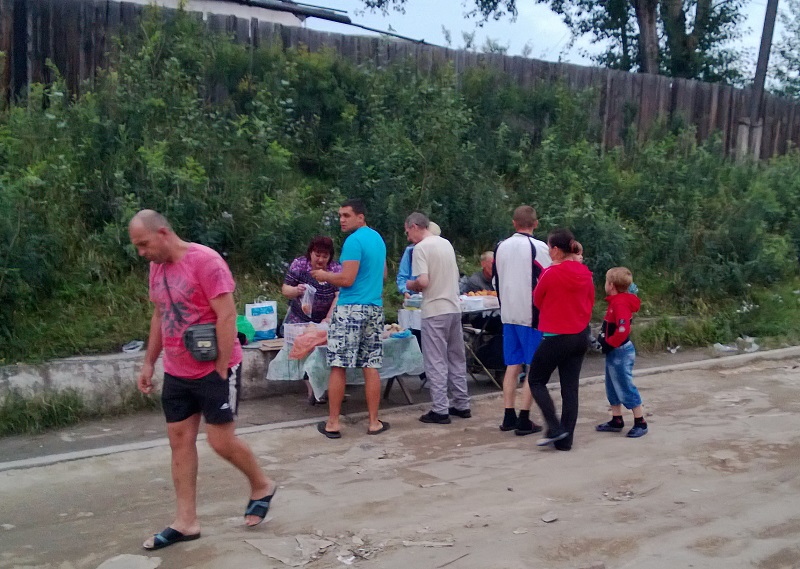
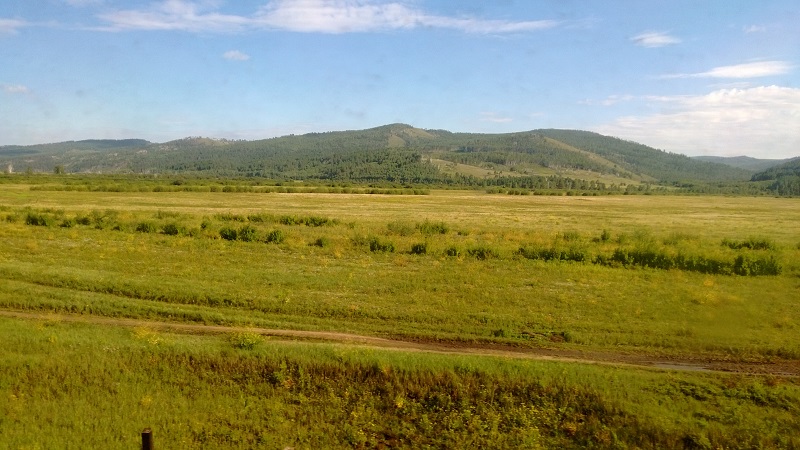
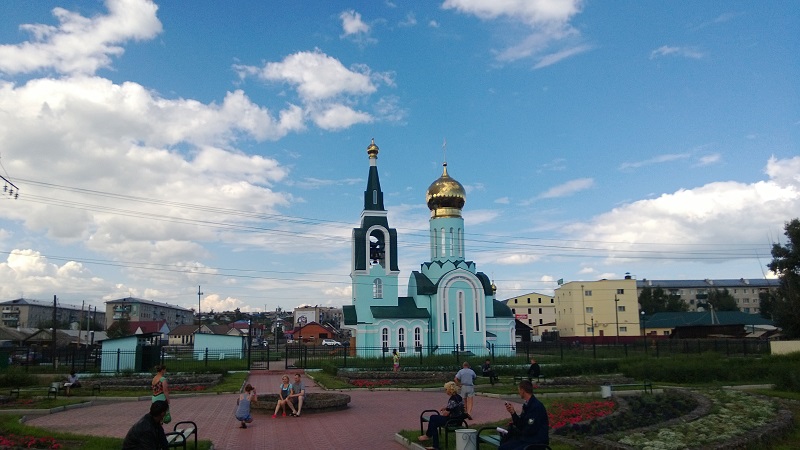
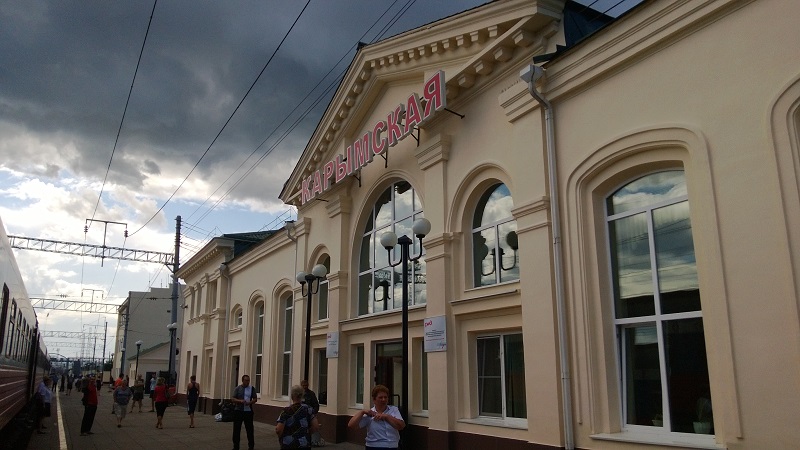
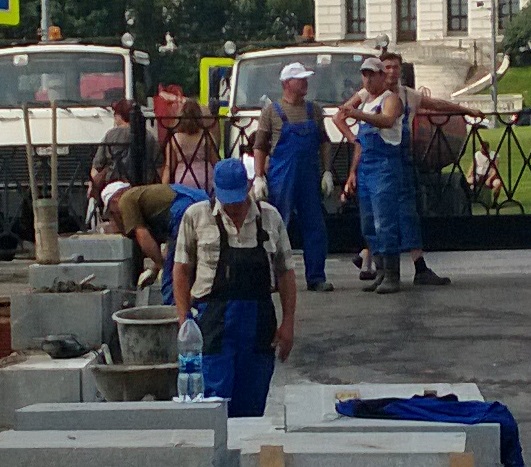

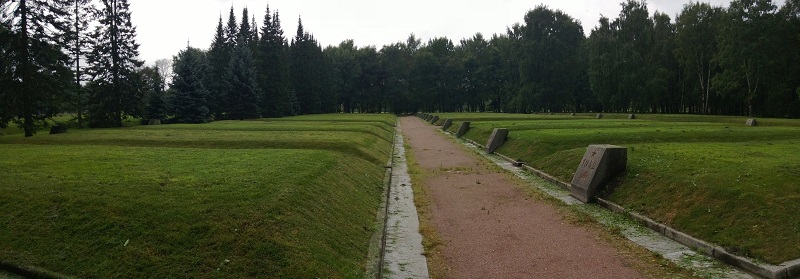

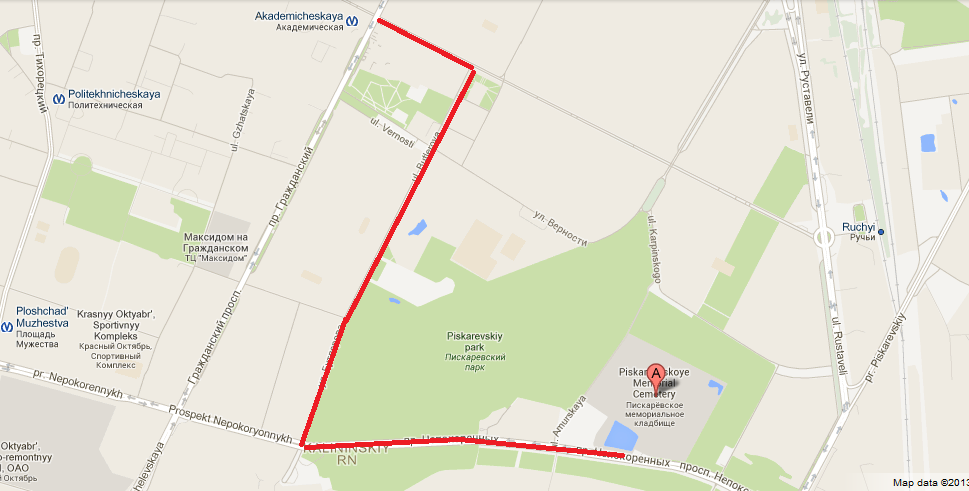
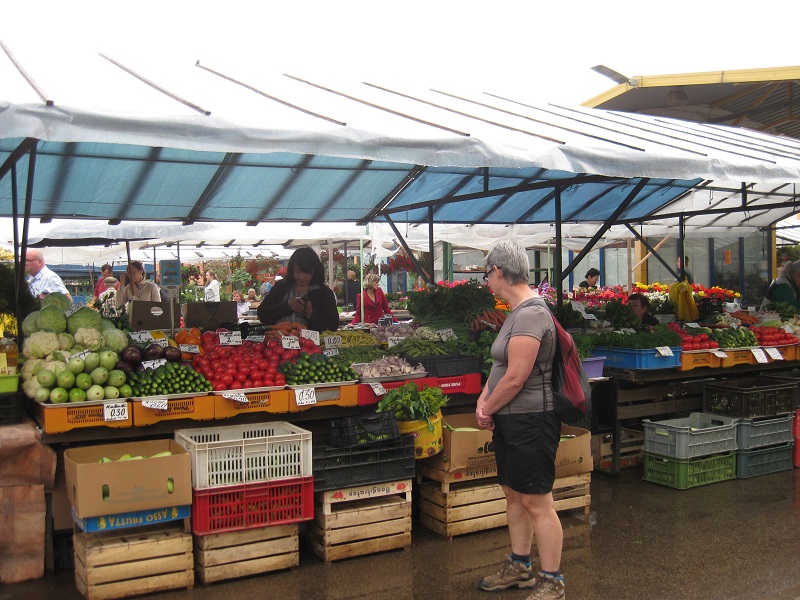
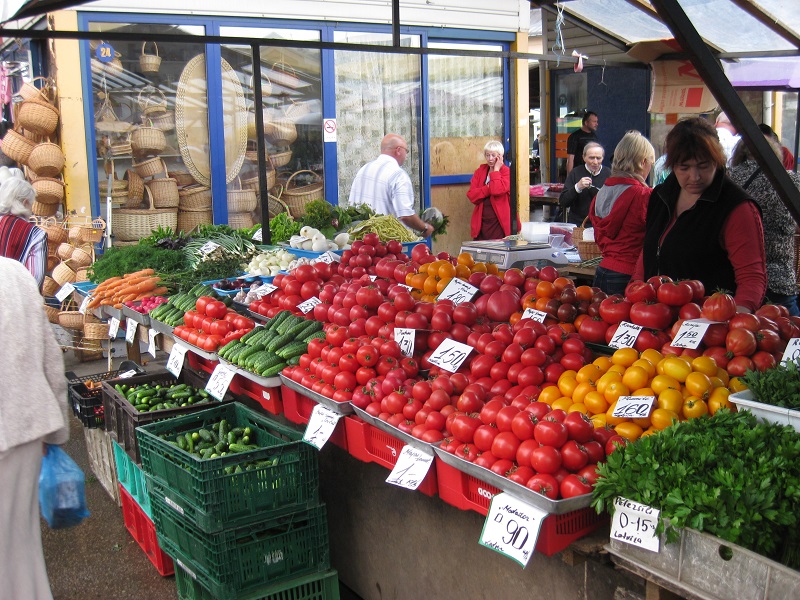
 Leaving Helsinki on a sunny afternoon the Ferry weaving its way through the islands
Leaving Helsinki on a sunny afternoon the Ferry weaving its way through the islands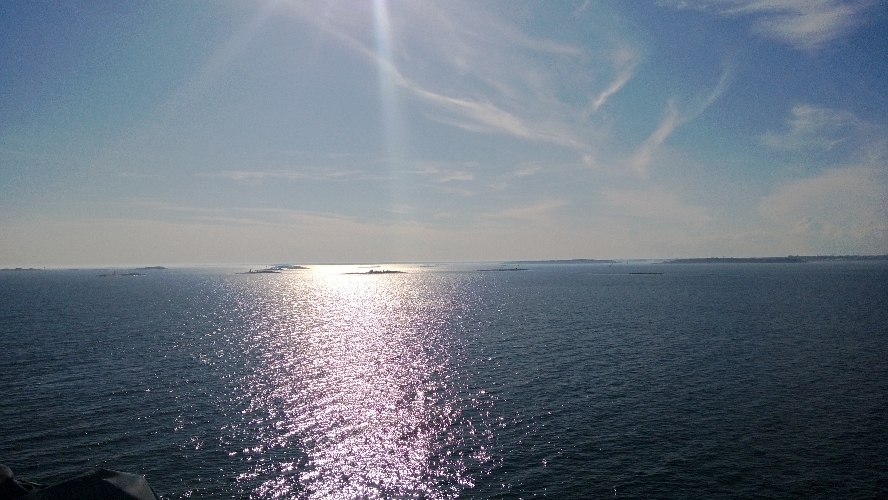
 leaving Mariehamn in the Aland Islands at around 4am in fog
leaving Mariehamn in the Aland Islands at around 4am in fog